Exhibition opening at the Goethe-Institut Mexico
The Counterpublic of Writing
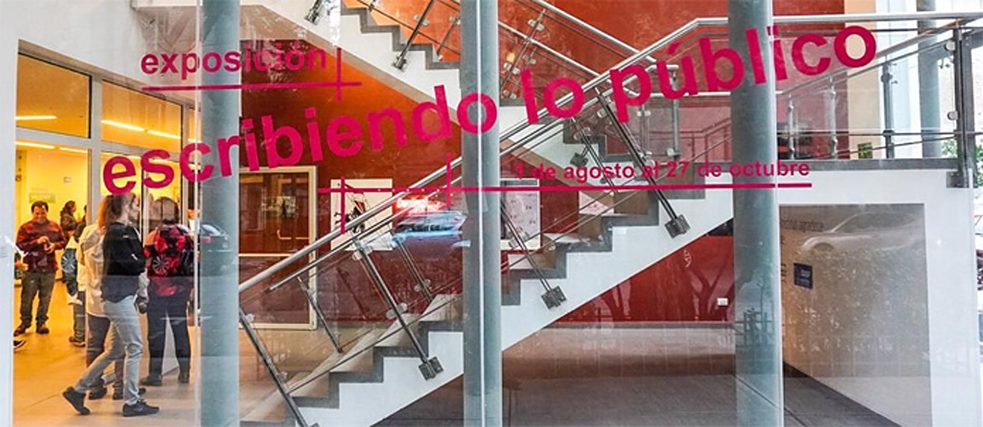
On 1 August the photography exhibition escribiendo lo público/writing the public by the German artist Flo Maak opened at the Goethe-Institut Mexico. It shows artistic interventions in the public space of Tijuana. Dealings with violence run like a common thread through the works.
By Adrian Kopps
German artist Flo Maak was fascinated by Tijuana on his first visit in 2007 and it hasn’t let go of him since. The Mexican border town, on whose beach the steel border wall to the United States protrudes surreally into the Pacific and whose sky seems to glow at night under the floodlights of the American border authority, was the city with the highest murder rate in the world last year. And yet Maak experienced it as a place of immense warmth and touching solidarity.
Rudolf de Baey, director of the Goethe-Institut Mexico, also emphasised the packed symbolism of the town at the opening of Maak’s new photography exhibition in Mexico City. “Tijuana is one of the trouble spots of North America. Every day hundreds of migrants from Central and South America arrive here with the goal of crossing the border and seeking their fortune in the USA. At the same time, thousands of Americans cross the border every day to seek their fortune in cheap alcohol, inexpensive medicine and fast sex in Mexico,” he remarked.
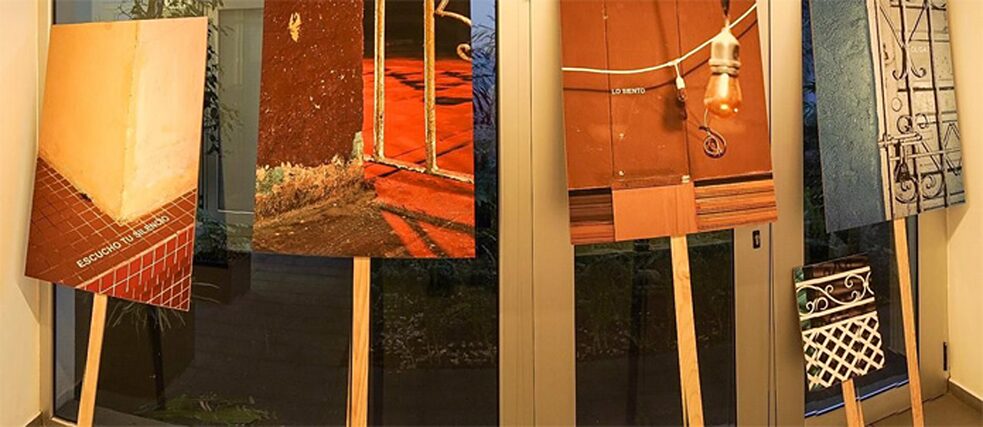 Work from Flo Maak
| Photo: Daniel Espinoza
Work from Flo Maak
| Photo: Daniel Espinoza
“A public is poetic world making”
The special essence of Tijuana, a place of transition and temporality, made Maak want to take a closer look at the spatial character of the city and its public space. But what does public mean in a town with no central square or classic city centre, and whose geographic edges are increasingly frayed by its continuous growth? What groups are represented in this public? And how can counter-publics arise in this context?At the invitation of the Goethe-Institut, Maak pursued these questions in autumn of 2018 at a workshop with local artists. The group found inspiration in the essay “Publics and Counterpublics” by American social theorist Michael Warner. He sees the public as a relationship process between strangers. “A public is poetic world making,” Warner writes, highlighting in particular the possibility of performative acts interrupting the current hegemonic public, thus creating a counterpublic.
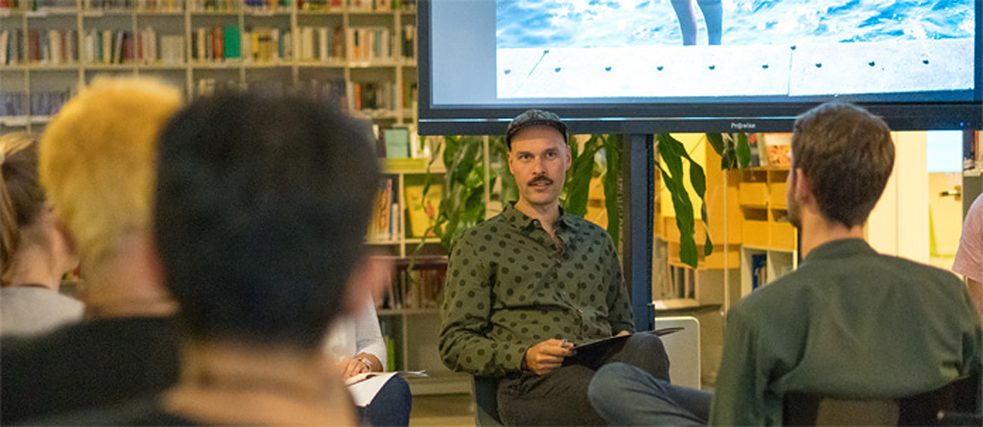 Flo Maak during a workshop
| Photo: Daniel Espinoza
Flo Maak during a workshop
| Photo: Daniel Espinoza
The juxtaposition of light and shadow
Flo Maak’s work “Olga,” which can be seen alongside works by the other workshop participants in the exhibition, shows what such an intervention could look like. It deals with the story of Olga Camacho Martinez, an eight-year-old girl who was brutally murdered in Tijuana in 1938. Nothing in Tijuana commemorates her, while her alleged murderer, called Juan Soldado, is still revered like a saint. It is a twisted public memory, which is sadly topical considering the frequent murders of women in Mexico.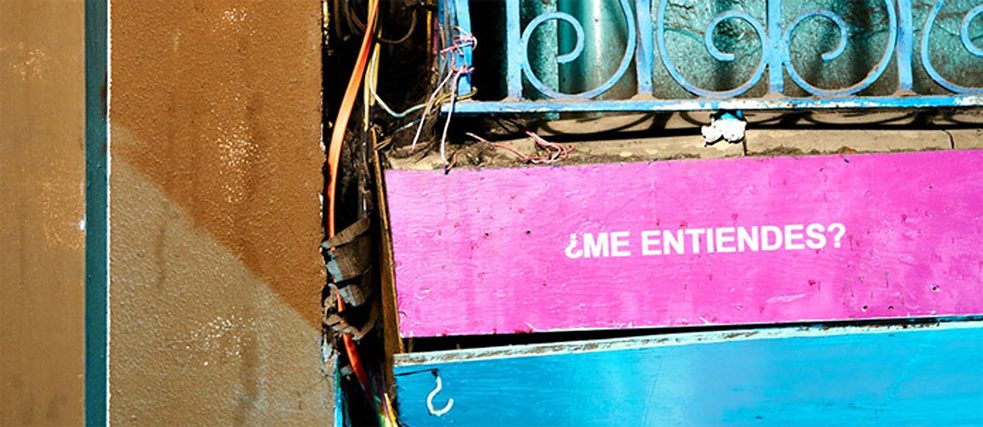 Questions for "Olga"
| Photo: Daniel Espinoza
Questions for "Olga"
| Photo: Daniel Espinoza
Flo Maak wrote brief questions to Olga on the walls of an old shopping arcade in Tijuana and later used coloured light to present and photograph these texts. The resulting images show a temporary space of remembering and questioning in the middle of the bustling city centre of Tijuana. Maak wanted his work to be reminiscent of a séance. With all its sadness and melancholy, it inevitably evokes something hopeful in its bright colours. As so often in Tijuana and Mexico, it can also stand for the direct juxtaposition of light and shadow, which is often difficult to understand.
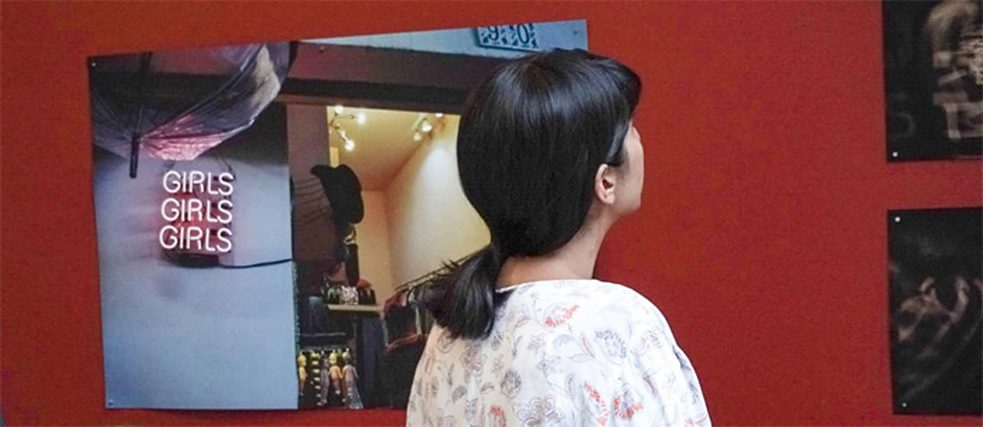 Visitors at the exhibition
| Photo: Daniel Espinoza
Visitors at the exhibition
| Photo: Daniel Espinoza